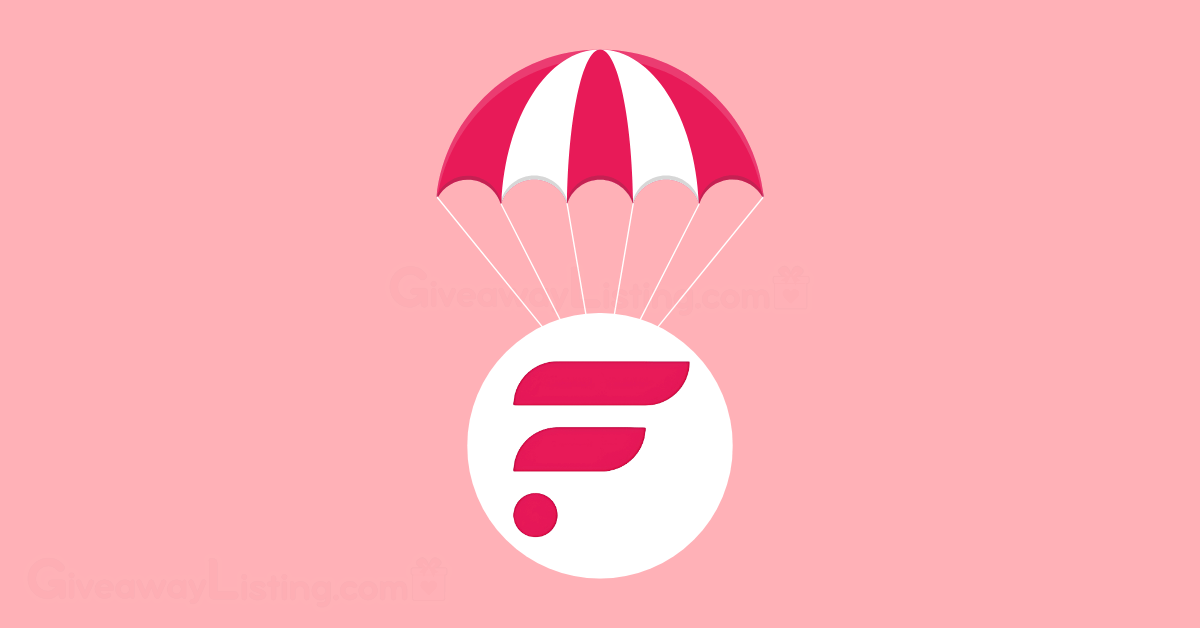Flare Airdrop XRP 2025: An Essential Guide
If you were holding XRP back in December 2020, you may recall the buzz surrounding a massive token distribution from Flare. This has turned into a multi-year event that’s still unfolding. The good news is, even if you missed the original snapshot, you can still get in on the action.
This breakdown provides the latest information as of December 2025. We’ll get into the Flare airdrop XRP key statistics, quick tips to boost your 2025 FlareDrops, look at the Flare airdrop schedule, and explain how to claim your Flare airdrop.
We’ll also check out what’s happening on major platforms like Binance, Ledger, Revolut, and Uphold. The Flare airdrop is one of the more complex token giveaways, and understanding its mechanics is key, just as it is for many of the best airdrops available today.
Flare Airdrop XRP Key Statistics of December 2025
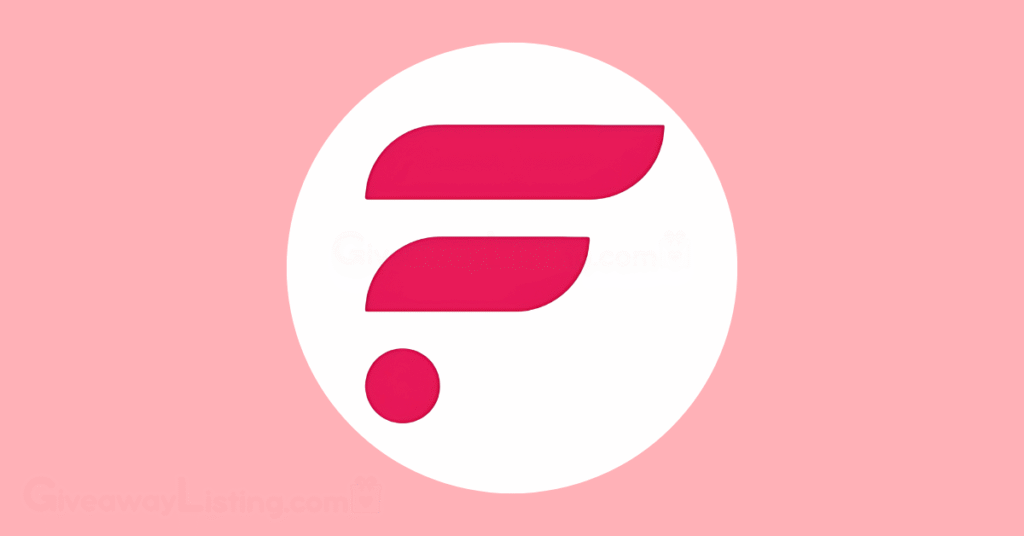
Here’s a look at some of the most impressive numbers behind the Flare airdrop, including the total token supply, the massive community allocation, and recent network growth.
- The initial snapshot for the Flare XRP airdrop took place on December 12, 2020, setting the stage for rewarding eligible XRP holders.
- The distribution plan is split, with an initial 15% of tokens dropped in early 2023 and the remaining 85% spread across 36 monthly “FlareDrops.”
- A massive 24.2 billion FLR tokens are being given away to the community through the monthly FlareDrops program, which concludes in January 2026.
- From a genesis supply of 100 billion tokens, a substantial 58.3% is dedicated to community-focused initiatives and distributions.
- Each eligible XRP from the 2020 snapshot was entitled to a total allocation of approximately 1.0073 FLR.
- To participate in the monthly FlareDrops, your share is determined by 3 random snapshots of your holdings within a 23-day period.
- Participants have 67 days to claim their monthly drop before the unclaimed tokens are burned, creating deflationary pressure.
- The Flare mainnet has shown significant activity, processing over 70 million transactions from more than 500,000 unique wallets.
- Flare’s Total Value Locked (TVL) saw a remarkable increase, growing over 400% in the year leading up to February 2025.
- Institutional interest is apparent, with firms like VivoPower announcing a $100 million XRP deployment on the Flare network.
- Uphold is incentivizing XRP adoption with a program offering 4% XRP back on direct salary deposits for U.S. customers.
6 Quick Tips to Boost Your FlareDrops in 2025
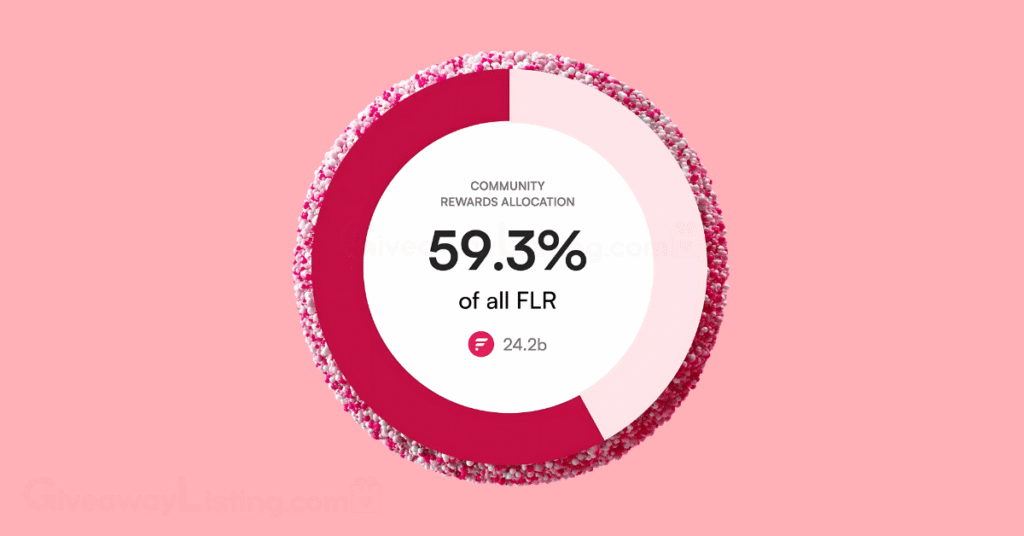
The original Flare airdrop for XRP holders, based on a snapshot taken on December 12, 2020, has already completed its initial distribution. The first 15% of tokens were distributed to eligible wallets around January 2023.
While that initial phase is in the rearview mirror, the token distribution party is far from over. The remaining 85% of the supply is being distributed through a series of 36 monthly events called FlareDrops, which are still ongoing and will continue until early 2026. This means there are still plenty of tokens up for grabs.
Anyone holding FLR can participate, not just the original snapshot participants. To get the most out of these monthly giveaways, you need to do more than hold the tokens. Here are a few solid tips to ensure you’re getting the maximum amount of FLR possible.
1. Wrap Your FLR into WFLR
This is the absolute first and most important step. Holding regular FLR tokens in your wallet won’t make you eligible for the monthly FlareDrops. You need to wrap your FLR to get Wrapped FLR (WFLR). The process is simple and can be done through most supported wallets or the official Flare Portal.
Your share of each month’s FlareDrop is calculated based on your average WFLR holdings during a 23-day period leading up to the claim date. The network takes three random snapshots during this window. So, the more WFLR you hold, and the longer you have it, the bigger your slice of the pie will be.
2. Delegate to an FTSO Provider
Want to earn rewards on top of your rewards? Delegate your WFLR to a Flare Time Series Oracle (FTSO) provider. The FTSO is a decentralized system that provides reliable, real-world data, such as crypto prices, to the Flare network. By delegating your WFLR, you’re essentially voting for providers you trust to supply accurate data, and you get a cut of their earnings in return.
These delegation rewards are paid out roughly every 3.5 days and are separate from your monthly FlareDrop. The best part? Your WFLR is never locked and you keep full custody. You can delegate your full WFLR balance to up to two different FTSO providers to spread your bets. It’s a fantastic way to stack extra FLR while you wait for the monthly drops.
3. Consider Staking Your FLR
For those with a bigger bag, staking is another option. Staking directly supports the security of the network by locking up your FLR with a validator. Just like holding WFLR, staked FLR also counts toward your FlareDrop eligibility. This means you can earn staking rewards and your monthly FlareDrop at the same time.
There are a couple of things to keep in mind. Staking requires a minimum of 50,000 FLR, and your tokens will be locked for a minimum of 14 days. This makes it a more serious commitment than delegating WFLR, which has no minimum and no lock-up period. It’s a trade-off between liquidity and potential rewards.
4. Set Up Auto-Claiming
You have 67 days to claim your monthly FlareDrop and FTSO rewards. If you miss that window, the tokens are burned forever. Life gets busy, and it’s easy to forget. To avoid this, set up an auto-claiming service.
Some wallets, such as Bifrost Wallet, have this feature built in and are easy to activate. You can also set it up through the Flare Portal by designating an executor address to claim on your behalf.
5. Compound Your Rewards
This is where things get really interesting. Once you claim your monthly FlareDrop and your frequent FTSO delegation rewards, don’t just let them sit there. Wrap the new FLR into WFLR and delegate it. By doing this, you’re constantly increasing your principal WFLR balance.
This bigger balance will then be used to calculate your share in the next round of FlareDrops and FTSO rewards. It’s a simple compounding effect that can meaningfully increase your total holdings over the remaining months of the distribution schedule.
6. Choose Your FTSO Providers Wisely
Not all FTSO providers deliver the same results. When you delegate your WFLR, you’re trusting that provider to perform well. Their accuracy and uptime directly affect the rewards they—and by extension, you—receive.
Before delegating, do a little homework. Look up data on FTSO provider performance. Check their historical reward rates, fees, and reliability. Picking a top-performing, dependable provider ensures you get the most consistent and highest possible rewards from your delegation. It’s worth the few minutes of research.
The Flare Airdrop Schedule
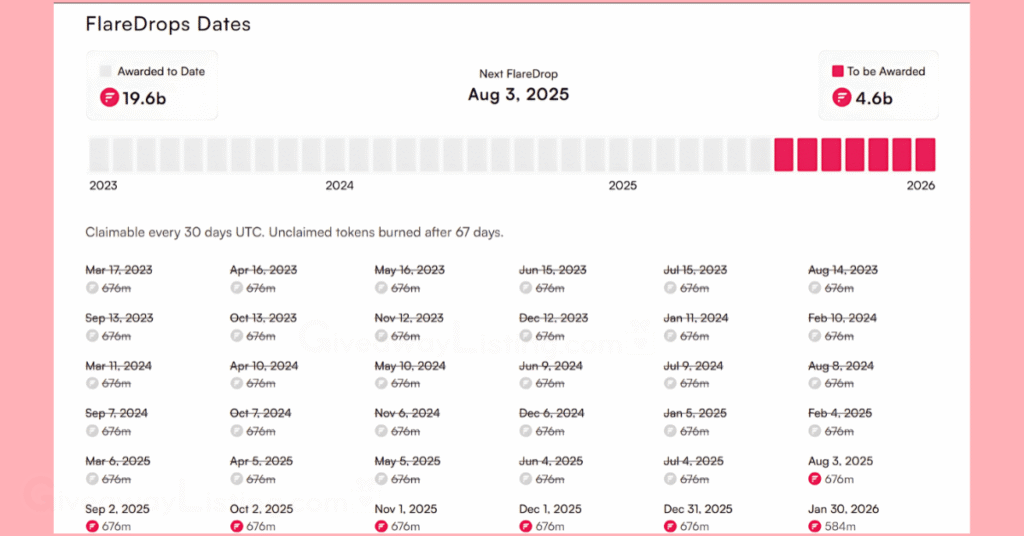
The Flare token distribution is a marathon. The whole event is structured over 36 monthly installments known as FlareDrops. This program officially kicked off on March 17, 2023, and is scheduled to conclude with its grand finale on January 30, 2026. Each month, a pool of tokens, usually around 676 million FLR is distributed among all eligible participants.
To get your share, you must hold Wrapped FLR (WFLR) or have FLR staked during the “Holdings Calculation Period.” This is the 23-day window leading up to each monthly claim date. During this time, the system takes three random snapshots of your balance. Your average holding across these three snapshots determines your portion of the monthly drop. Once the claim date arrives, you have a 67-day window to claim your tokens. Any tokens left unclaimed after this period are burned.
As of today, we are deep into the schedule. Here is a look at some of the recent and all of the upcoming FlareDrop claim dates to help you keep track.
| FlareDrop | Holding Period | Claim Date |
|---|---|---|
| FlareDrop.25 | Feb 11 – Mar 06, 2025 | Mar 06, 2025 |
| FlareDrop.26 | Mar 13 – Apr 05, 2025 | Apr 05, 2025 |
| FlareDrop.27 | Apr 12 – May 05, 2025 | May 05, 2025 |
| FlareDrop.28 | May 12 – Jun 04, 2025 | Jun 04, 2025 |
| FlareDrop.29 | Jun 11 – Jul 04, 2025 | Jul 04, 2025 |
| FlareDrop.30 | Jul 11 – Aug 03, 2025 | Aug 03, 2025 |
| FlareDrop.31 | Aug 10 – Sep 02, 2025 | Sep 02, 2025 |
| FlareDrop.32 | Sep 09 – Oct 02, 2025 | Oct 02, 2025 |
| FlareDrop.33 | Oct 09 – Nov 01, 2025 | Nov 01, 2025 |
| FlareDrop.34 | Nov 08 – Dec 01, 2025 | Dec 01, 2025 |
| FlareDrop.35 | Dec 08 – Dec 31, 2025 | Dec 31, 2025 |
| FlareDrop.36 | Jan 07 – Jan 30, 2026 | Jan 30, 2026 |
How to Claim XRP Flare Airdrop?
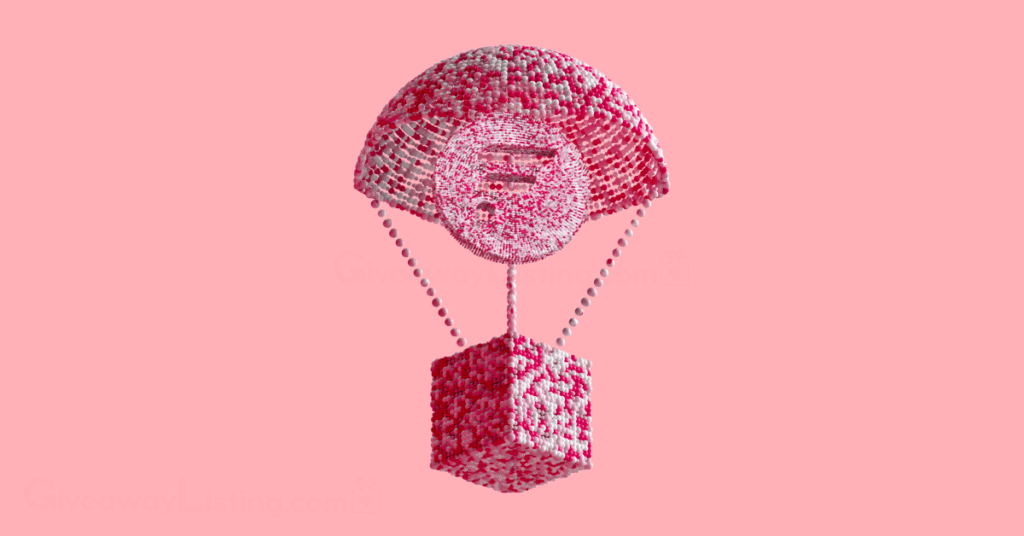
For those holding XRP in a self-custody wallet like a Ledger or Exodus during the December 2020 snapshot, the original claim period has passed. The deadline to link your XRP address to a Flare address was six months after the snapshot date, which means the window closed around mid-2021.
If you didn’t complete the required steps back then, you unfortunately missed the opportunity to claim the initial drop through this specific method.
For those who did act in time, the process involved a bit of technical work. Here is a general outline of the steps users followed:
- Generate a Flare Address: First, you have to create a Flare-compatible address. This was an Ethereum-style address, but it was for the Flare network, not the Ethereum mainnet. Wallets like Ledger, Bifrost, or Exodus provide tools to generate this address safely from your XRP account’s private key.
- Set the Message Key: The key step was to link your new Flare address to your XRP Ledger account. This was done by setting a Message Key on your XRP account. This key was your Flare address, formatted in a specific way.
- Use a Tool: Most people didn’t do this by hand. They utilized tools such as the XRP Toolkit or the native functions within supported hardware wallets. These tools guided users through the process of generating the Flare address and preparing the correct transaction to set the Message Key on the XRP Ledger.
- Confirm and Wait: After broadcasting the transaction to the XRP Ledger, you could use an explorer like XRPScan to check that the Message Key was correctly set on your account. Then, it was a waiting game until the Flare network went live and the tokens were distributed in early 2023.
XRP Flare Airdrop on Binance
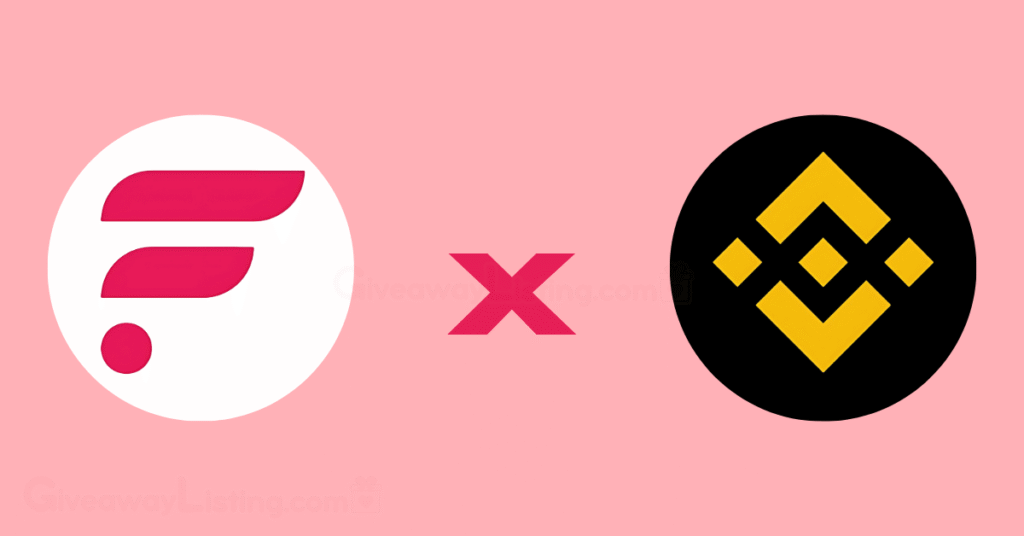
Plenty of major platforms, including exchanges like Coinbase and Kraken and hardware wallets like Ledger, announced support for the Flare airdrop. This made life much easier for users who kept their XRP on these services. Binance was one of the largest exchanges to handle the process for its customers, removing the need for any complex manual claims.
If you held XRP on Binance at the time of the snapshot on December 12, 2020, at 00:00 UTC, the exchange took care of everything. You just needed to have a balance of at least 10 XRP in your Spot, Simple Earn, or Coin-Margined Futures wallet to be eligible. Binance automatically recorded your balance and, once the tokens were ready, distributed them directly to your account. The first batch of tokens was distributed at a ratio of 0.1511 FLR for every 1 XRP held. The FLR tokens simply appeared in users’ Spot wallets, ready for trading the airdropped token or withdrawal.
An important point to remember is that while Binance supported withdrawals of FLR, it did not support FLR deposits. Attempting to send FLR to your Binance account could result in a loss of funds. Binance’s support for the airdrop provided millions of users with a straightforward way to receive their tokens, eliminating the need to handle private keys or message fields, and showcasing how exchanges can simplify access to major crypto events. You can find out more about trading airdrops on Binance here.
XRP Flare Airdrop on Ledger
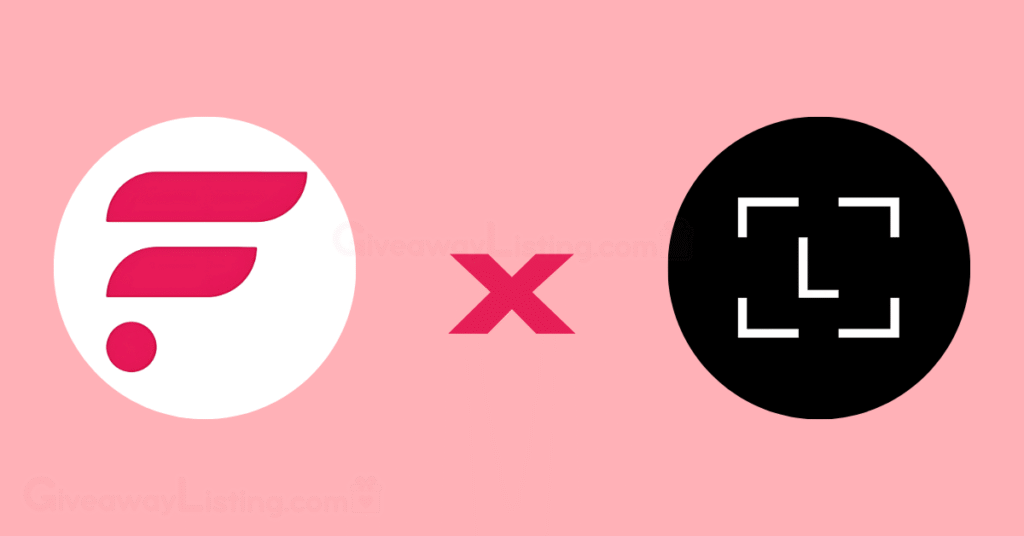
Along with major exchanges, many self-custody wallets supported the Flare airdrop, and the hardware wallet giant Ledger was a popular choice for security-conscious XRP holders. For Ledger users, the process was more hands-on than for those who held their crypto on an exchange, but it provided them with complete control over their assets.
To claim the airdrop with a Ledger device, users had to actively link their XRP account to a Flare address before the claim deadline. This involved using their Ledger device with a compatible interface, such as the XRP Toolkit or specific software wallets. Users would connect their Ledger, access their XRP account, and then follow a particular procedure to generate a new address on the Flare network that corresponds to their XRP account.
Once the FLR tokens were distributed, they were sent to the address generated in the claim process. From there, users can manage their FLR using Ledger Live and a third-party wallet, such as Bifrost.
XRP Flare Airdrop on Revolut
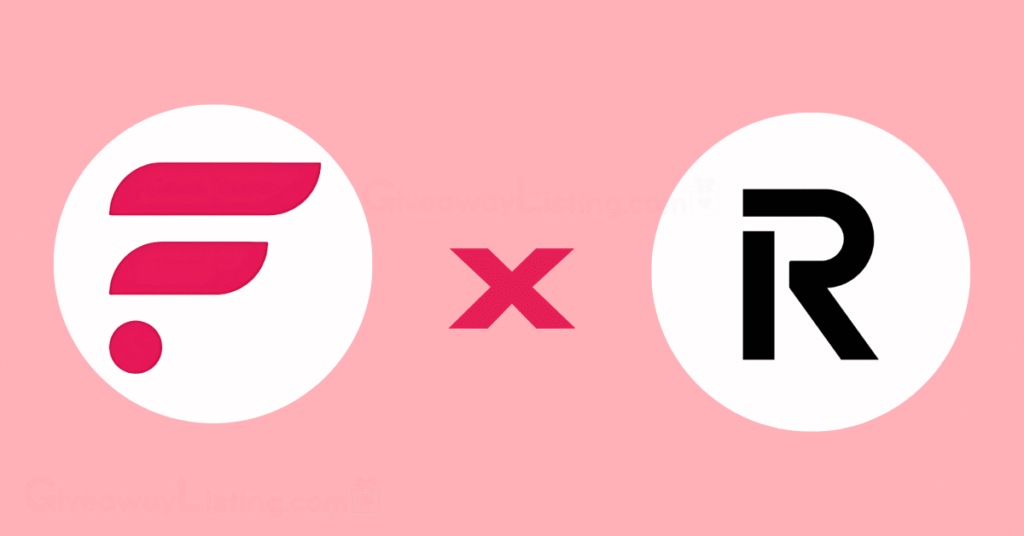
The popular fintech app Revolut was another platform that joined the list of services supporting the Flare airdrop for its customers. This was a significant development for millions of Revolut users who held XRP, as it meant they wouldn’t miss out on the event without having to transfer their funds or perform any technical steps themselves.
Revolut’s role was purely custodial. If you held XRP in your Revolut account at the exact snapshot time on December 12, 2020, you were automatically included. Revolut handled the backend process of claiming the tokens on behalf of its eligible users. The number of FLR tokens a user received was calculated based on their share of the total XRP held by Revolut at the time of the snapshot.
XRP Flare Airdrop on Uphold
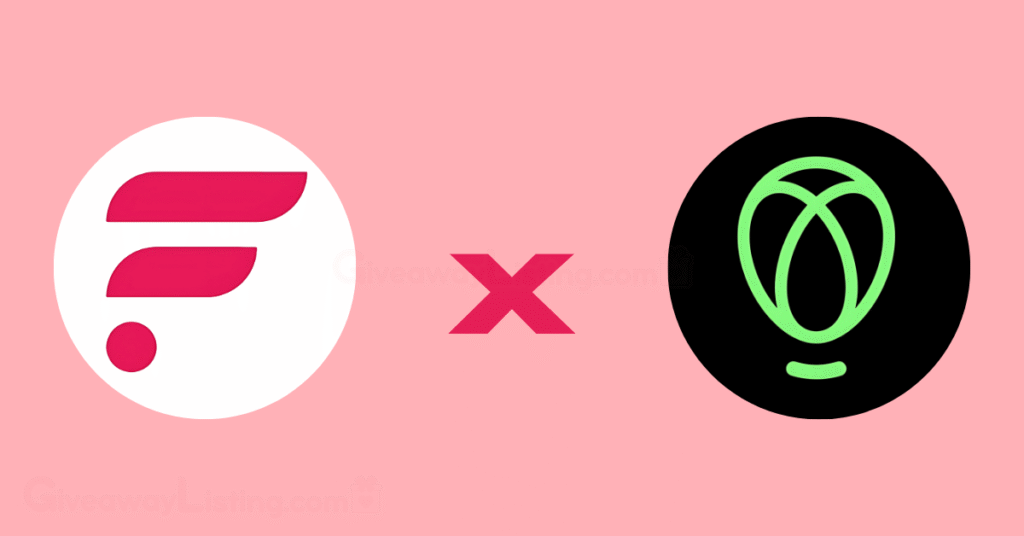
Uphold handles everything from crypto to precious metals, was another key player that supported the Flare airdrop. For its customers holding XRP during the 2020 snapshot, Uphold made the process completely hands-off. The platform managed the claim process behind the scenes, ensuring users received their initial 15% of the FLR tokens without any fuss.
What sets Uphold apart is its deep integration with the Flare ecosystem. The platform committed to distributing the remaining 85% of the tokens through the monthly FlareDrops until January 2026. Uphold automates the wrapping of FLR into WFLR for its users, meaning they are automatically eligible for the monthly drops without needing to use external tools.
The platform is also exploring new ways for users to get yield on their XRP by working with Flare’s FAssets system to create FXRP, a wrapped, smart-contract-ready version of the token. This forward-looking approach positions Uphold as more than just a place to hold tokens, but a gateway to the broader utility Flare offers.
Concluding Thoughts on the Flare Airdrop XRP

This entire Flare airdrop event has been quite the ride, from its initial announcement years ago to the ongoing monthly distributions. We’ve reviewed the key statistics, the schedule, and provided some quick tips for boosting your rewards, as well as guidance on handling claims on major platforms like Binance, Ledger, Revolut, and Uphold.
As we look at the whole picture, a few points really stand out.
- The initial airdrop was for XRP holders based on a snapshot taken on December 12, 2020; however, anyone can now participate in the monthly FlareDrops.
- The full token distribution is happening over 36 months and is scheduled to end on January 30, 2026.
- You must hold Wrapped FLR (WFLR) or have FLR staked to get a share of the monthly drops; regular FLR doesn’t count.
- After the initial airdrop hit major exchanges in January 2023, the price of the FLR token dropped by more than 70% as many recipients sold their free tokens.
- You have 67 days to claim your monthly FlareDrop rewards before they are permanently burned.
- You can earn extra rewards by delegating your WFLR to FTSO providers, which pay out roughly every 3.5 days.
- Staking is also an option for earning rewards, but it comes with a 50,000 FLR minimum and a 14-day lock-up period.
This information is current as of our last update in December 2025. The crypto world moves fast, but the Flare distribution plan is set in stone, giving you ample time to secure your share.
Flare Airdrop Xrp FAQs
Here are answers to some frequently asked questions about the Flare airdrop:
Can You Still Get Flare Airdrop?
Yes, you absolutely can. The remaining 85% of the tokens are distributed in 36 monthly FlareDrops that run until January 2026. Anyone who holds Wrapped FLR (WFLR) can get a share, not just original XRP holders from the 2020 snapshot.
How Do I Claim My Flare Airdrop?
For the monthly drops, you must hold Wrapped FLR (WFLR). You can claim your share every 30 days using the Flare Portal or a supported wallet. Act fast, as you only have a 67-day window to claim your tokens before they are burned.
How Much Flare Will XRP Holders Get?
The total allocation was roughly 1.0073 FLR for every 1 XRP held. The initial airdrop was only 15% of this, about 0.1511 FLR per XRP. The other 85% is being distributed monthly to active participants holding Wrapped FLR (WFLR).

